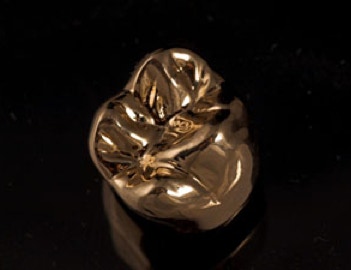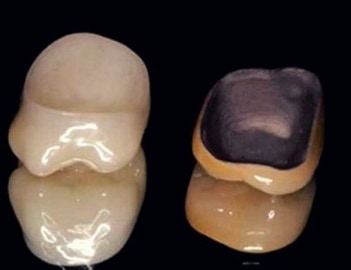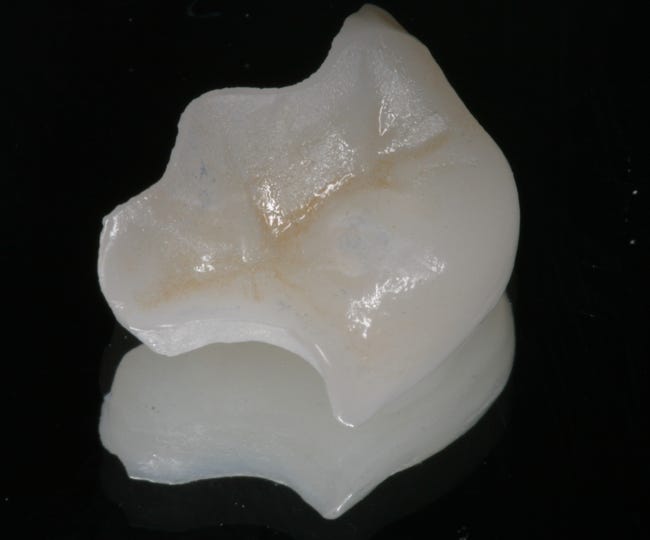-
HOME
-
ABOUT
-
WHY CHOOSE US
-
TREATMENTS
-
FEES
-
CONTACT
-
FAQS
CROWNS & ONLAYS

A crown is a type of dental restoration that fits over a tooth, much like a thimble does over a finger. In doing so, it recreates the natural shape of the tooth as well as helping to reinforce and strengthen the underlying tooth structure.
An onlay is similar to a crown in that it fits over the tooth. However, whilst a crown usually covers all the tooth structure visible above the gum, an onlay can be used to overlay the missing tips of a tooth without necessarily extending all the way to the gum, often making it preferable through less destruction of tooth structure.
There are a number of reasons why a crown or onlay would be needed:
TYPES OF CROWN
HOW IS IT DONE?
An x-ray is taken to confirm the quality of the underlying tooth and verify the health of the nerve and surrounding bone. A local anaesthetic is used to numb the area, and the shape of the tooth modified by the dentist to allow space for the crown or onlay to fit over the remaining structure. This is then recorded by a mould, which is sent to a qualified (British) dental laboratory who manufacture the restoration for your tooth. This appointment usually takes an hour, and finishes with a temporary plastic restoration being firmly cemented into place to keep the tooth feeling normal and comfortable until the next appointment.
You may be asked to to attend the laboratory to have the colour of your crown porcelain matched to your natural teeth. Usually two weeks later, a second shorter appointment of roughly 30 minutes is needed to fit the final crown.



A Gold Crown
A Porcelain Crown and a Porcelain Bonded Crown
A Porcelain Onlay
CONTACT US TO BOOK OR FOR MORE INFORMATION
This website makes use of cookies. Please see our privacy policy for details.
OK